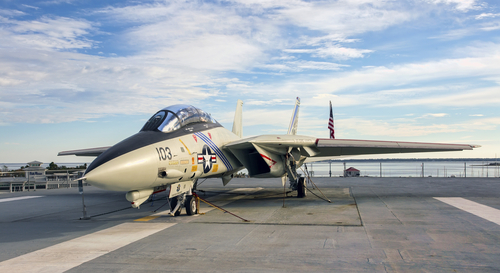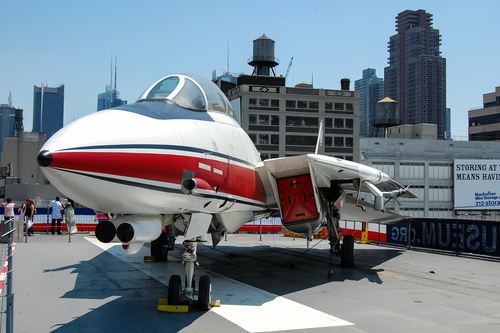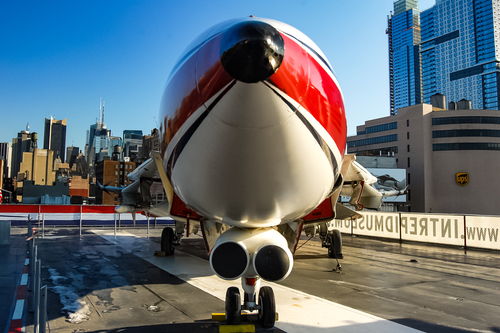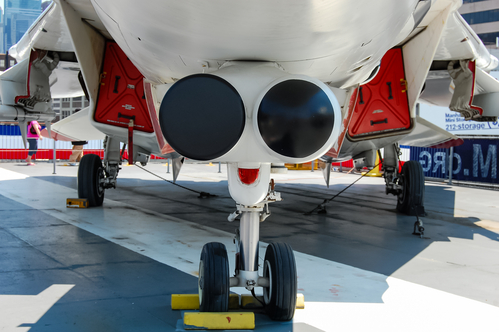
In the wake of cinematic revivals and nostalgia, the legacy of the F-14 Tomcat has resurfaced, prompting discussions among military enthusiasts and aviation experts.

The iconic fighter, a mainstay of the U.S. Navy’s aerial fleet from its introduction in the 1970s until its retirement in 2006.

The F-14 was equipped with variable-geometry wings that adjusted automatically for optimal performance at various speeds and altitudes.

The Super Tomcat, conceived as a modernized version of the venerable F-14, promised substantial improvements.

The removal of the maintenance-intensive “glove vanes” and the addition of enlarged aerodynamic gloves would have enhanced supersonic handling and maneuverability while providing additional fuel capacity for extended range.

The potential upgrades also included state-of-the-art avionics, a full glass cockpit, a wide-angle Heads Up Display (HUD) capable of projecting imagery from navigational FLIR pods, and an updated radar system.

Furthermore, the proposed Super Tomcat would have boasted an impressive thrust-vectoring capability, potentially making it the most agile fighter of its era.

With upgraded GE-F110-129 turbofan engines, the Super Tomcat 21 would have been able to super-cruise or fly at supersonic speeds without the use of its afterburner, at a sustained jaw-dropping Mach 1.3.

The AST21 was largely a continuation of the ST21 design, with additional bomb-carrying pylons, a modified radar system with a Forward Air Controller (FAC) mode, an Integrated Defensive Avionics Package (IDAP), and nuclear weapons carrying capabilities.

Despite these tantalizing features, the Navy’s rejection of the Super Tomcat centered on the financial implications and practical considerations.

The F-14, while a distinguished aircraft, had already been in service for over two decades, and the cost of implementing the comprehensive upgrades was significant.

Moreover, the Navy was in need of an aircraft that could fulfill multiple roles without the high maintenance and operational costs associated with the aging Tomcat.

The F/A-18 Super Hornet emerged as the more pragmatic choice.

It was seen as a “jack of all trades, master of none,” dependable, and with a proven combat record.

The Super Hornet did not match the F-14’s range or raw power but offered a blend of attributes that aligned with the Navy’s budgetary constraints and strategic imperatives.

